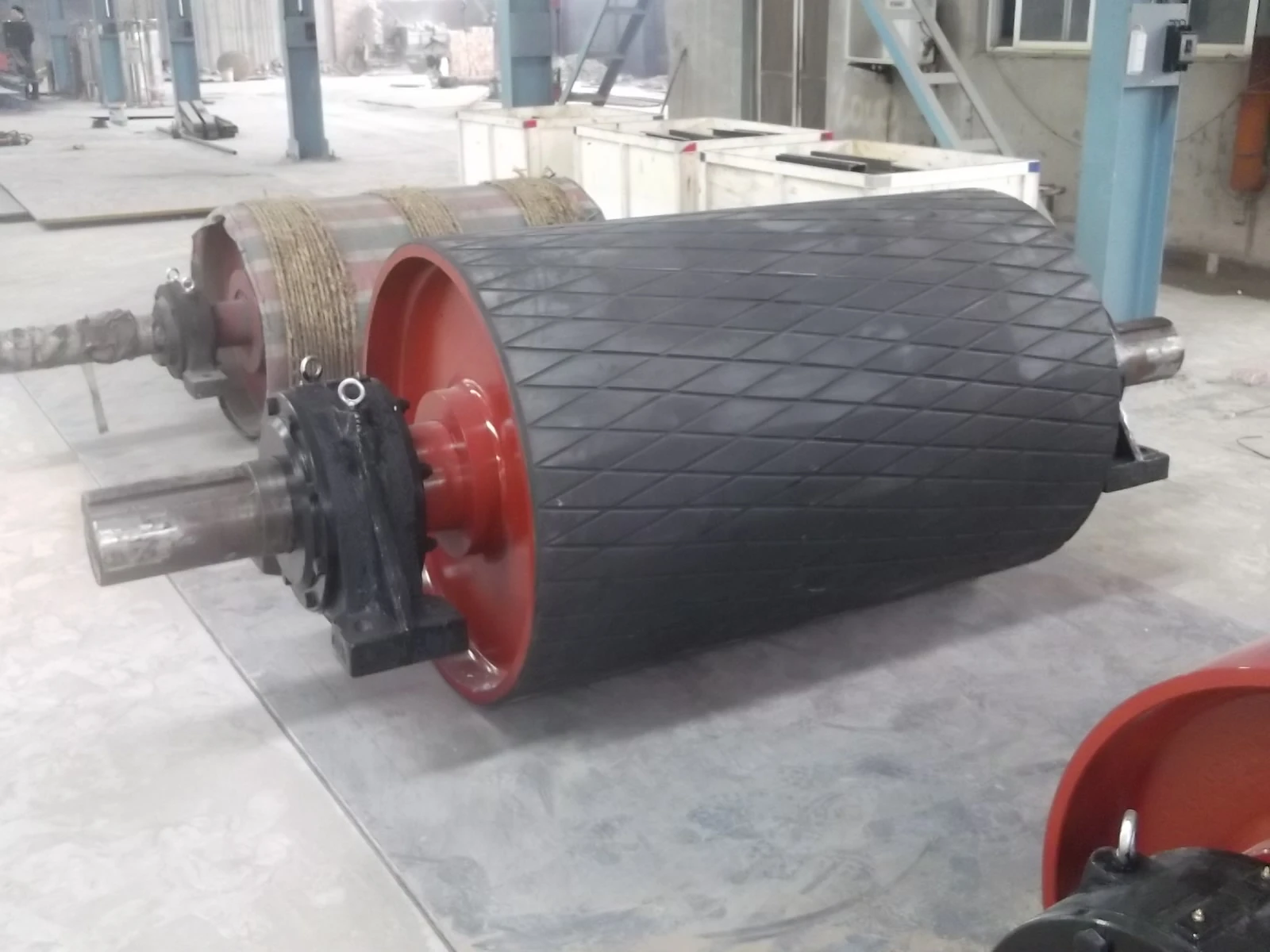 Afrikaans
Afrikaans  Albanian
Albanian  Amharic
Amharic  Arabic
Arabic  Armenian
Armenian  Azerbaijani
Azerbaijani  Basque
Basque  Belarusian
Belarusian  Bengali
Bengali  Bosnian
Bosnian  Bulgarian
Bulgarian  Catalan
Catalan  Cebuano
Cebuano  Corsican
Corsican  Croatian
Croatian  Czech
Czech  Danish
Danish  Dutch
Dutch  English
English  Esperanto
Esperanto  Estonian
Estonian  Finnish
Finnish  French
French  Frisian
Frisian  Galician
Galician  Georgian
Georgian  German
German  Greek
Greek  Gujarati
Gujarati  Haitian Creole
Haitian Creole  hausa
hausa  hawaiian
hawaiian  Hebrew
Hebrew  Hindi
Hindi  Miao
Miao  Hungarian
Hungarian  Icelandic
Icelandic  igbo
igbo  Indonesian
Indonesian  irish
irish  Italian
Italian  Japanese
Japanese  Javanese
Javanese  Kannada
Kannada  kazakh
kazakh  Khmer
Khmer  Rwandese
Rwandese  Korean
Korean  Kurdish
Kurdish  Kyrgyz
Kyrgyz  Lao
Lao  Latin
Latin  Latvian
Latvian  Lithuanian
Lithuanian  Luxembourgish
Luxembourgish  Macedonian
Macedonian  Malgashi
Malgashi  Malay
Malay  Malayalam
Malayalam  Maltese
Maltese  Maori
Maori  Marathi
Marathi  Mongolian
Mongolian  Myanmar
Myanmar  Nepali
Nepali  Norwegian
Norwegian  Norwegian
Norwegian  Occitan
Occitan  Pashto
Pashto  Persian
Persian  Polish
Polish  Portuguese
Portuguese  Punjabi
Punjabi  Romanian
Romanian  Russian
Russian  Samoan
Samoan  Scottish Gaelic
Scottish Gaelic  Serbian
Serbian  Sesotho
Sesotho  Shona
Shona  Sindhi
Sindhi  Sinhala
Sinhala  Slovak
Slovak  Slovenian
Slovenian  Somali
Somali  Spanish
Spanish  Sundanese
Sundanese  Swahili
Swahili  Swedish
Swedish  Tagalog
Tagalog  Tajik
Tajik  Tamil
Tamil  Tatar
Tatar  Telugu
Telugu  Thai
Thai  Turkish
Turkish  Turkmen
Turkmen  Ukrainian
Ukrainian  Urdu
Urdu  Uighur
Uighur  Uzbek
Uzbek  Vietnamese
Vietnamese  Welsh
Welsh  Bantu
Bantu  Yiddish
Yiddish  Yoruba
Yoruba  Zulu
Zulu conveyor rollers and idlers
Conveyor Rollers and Idlers The Backbone of Material Handling Systems
In the realm of industrial automation and material handling, conveyor systems play a pivotal role in the efficiency of production lines. At the heart of these systems are conveyor rollers and idlers, components that are often taken for granted yet crucial for the seamless movement of goods. Understanding their function, design, and importance can significantly optimize operational productivity and reduce maintenance costs.
Understanding Conveyor Rollers
Conveyor rollers are cylindrical components that facilitate the movement of materials on a conveyor belt. Made from various materials such as steel, plastic, or rubber, they are designed to withstand the weight and movement of goods, whether light packages or heavy industrial items. The primary function of conveyor rollers is to support the conveyor belt and the load on it, enabling smooth transportation while minimizing friction.
Rollers come in different designs based on specific applications, including straight rollers, tapered rollers, and impact rollers. Straight rollers are the most common and are used in standard conveyor systems, while tapered rollers are essential for systems requiring change in orientation. Impact rollers, on the other hand, are designed to absorb shock and reduce the impact on the conveyor belt when heavy materials are loaded.
The Role of Idlers
Idlers, resembling rollers, are used primarily for support and tensioning of the conveyor belt. They help maintain the belt's alignment and prevent sagging. Idler rollers are inserted between the drive pulley and the tail pulley, ensuring that the belt travels in a straight path. Furthermore, they play a significant role in reducing belt wear and tear, thereby increasing the lifespan of the conveyor system.
conveyor rollers and idlers

Idlers are categorized into various types, such as trough idlers, flat idlers, and return idlers, each serving specific functions. Trough idlers help contain materials on the belt, preventing spillage, while flat idlers support the return section of the belt, maintaining its tension. Return idlers facilitate the movement of the belt back to the loading point while ensuring a smooth transition.
Importance of Proper Selection and Maintenance
The choice of conveyor rollers and idlers is paramount for ensuring optimal performance in a material handling system. Factors such as load capacity, operating speed, environmental conditions, and product type all influence the selection process. For instance, in environments exposed to moisture or chemical spills, corrosion-resistant materials must be chosen to prolong the life of the rollers and idlers.
Regular maintenance is equally essential to ensure that these components function efficiently. This includes periodic inspections for wear and tear, clearing debris that may obstruct movement, and lubrication of roller bearings to reduce friction. Neglecting maintenance can lead to unexpected failures, which not only affects productivity but can also incur significant repair costs.
Conclusion
Conveyor rollers and idlers are integral components of conveyor systems that significantly affect the efficiency and reliability of material handling operations. Their roles in supporting the conveyor belt, maintaining the alignment, and minimizing wear cannot be overstated. By focusing on proper selection, regular maintenance, and timely replacements, businesses can enhance their operational efficiency and achieve smoother production processes.
As industries continue to evolve, the demand for efficient and reliable material handling solutions will only increase. Understanding the importance of conveyor rollers and idlers, along with advancements in their design and materials, will help companies adapt to changing operational needs, improve productivity, and ultimately, gain a competitive edge in the market. Investing in top-quality rollers and idlers, and ensuring their proper maintenance, is not just a requirement but a strategic move towards operational excellence.
-
Revolutionizing Conveyor Reliability with Advanced Rubber Lagging PulleysNewsJul.22,2025
-
Powering Precision and Durability with Expert Manufacturers of Conveyor ComponentsNewsJul.22,2025
-
Optimizing Conveyor Systems with Advanced Conveyor AccessoriesNewsJul.22,2025
-
Maximize Conveyor Efficiency with Quality Conveyor Idler PulleysNewsJul.22,2025
-
Future-Proof Your Conveyor System with High-Performance Polyurethane RollerNewsJul.22,2025
-
Driving Efficiency Forward with Quality Idlers and RollersNewsJul.22,2025





























